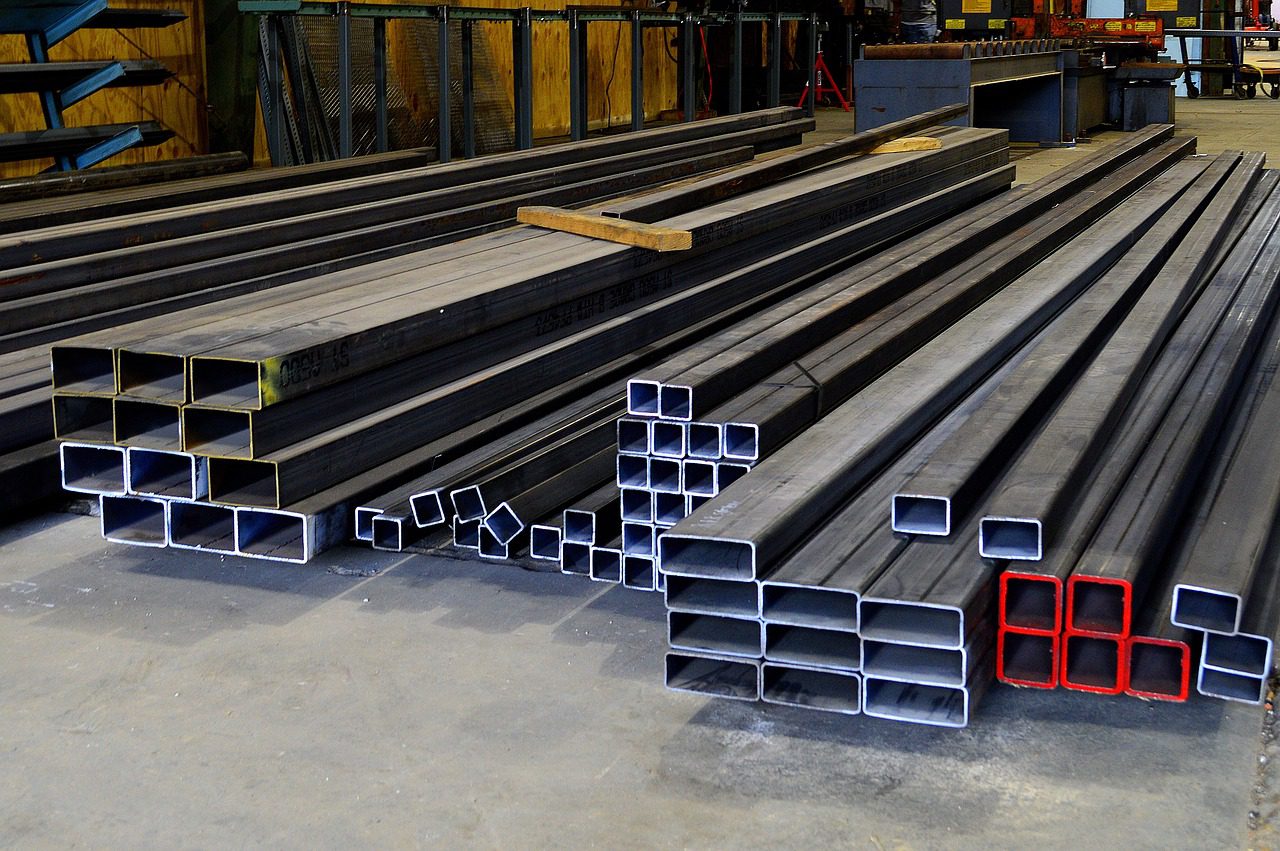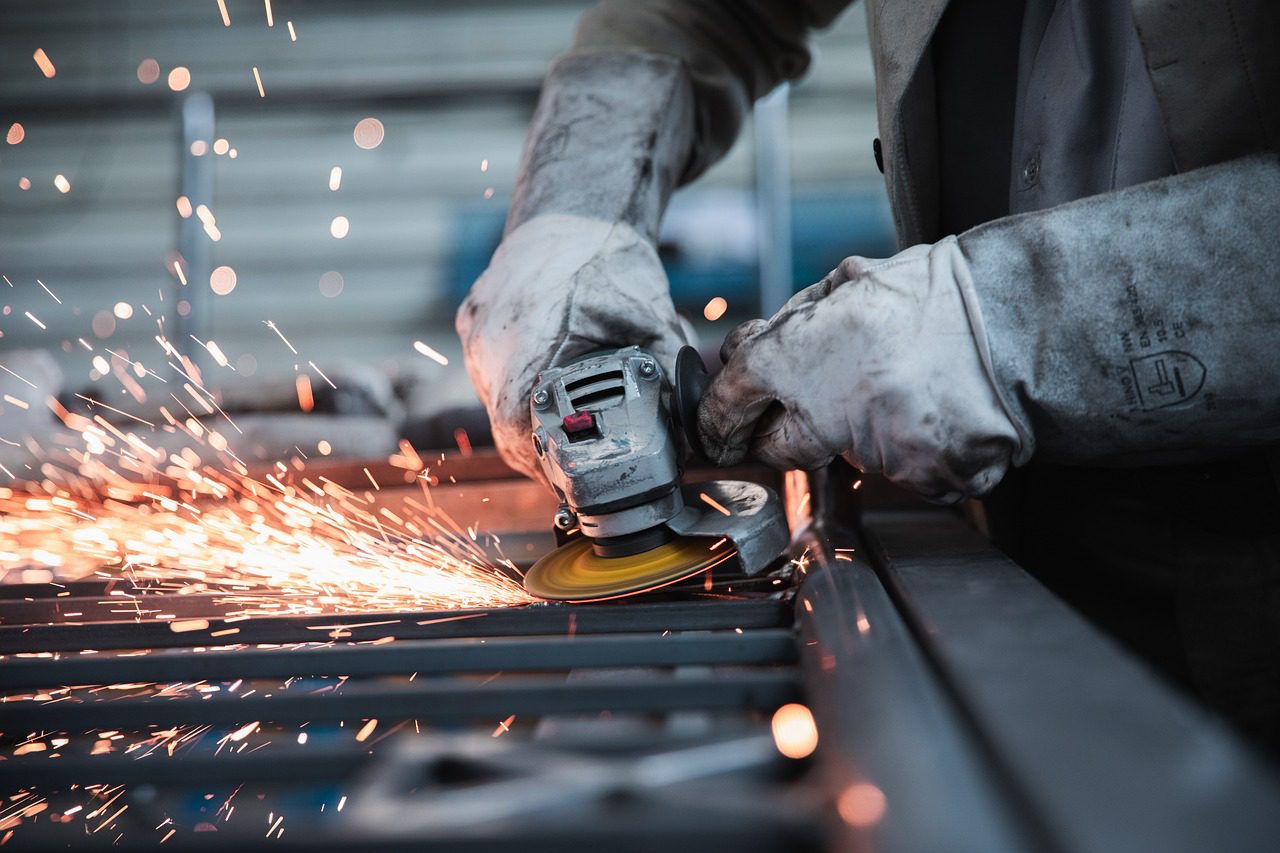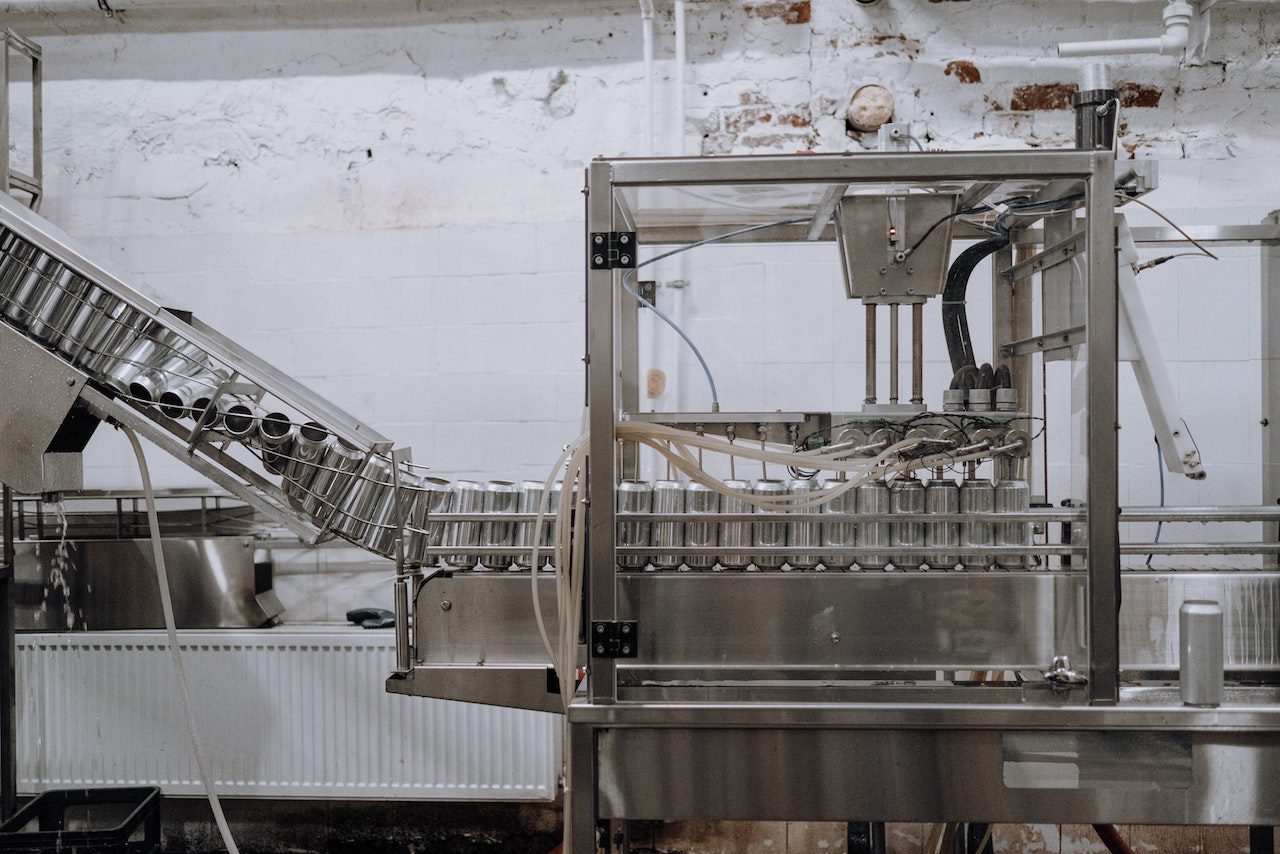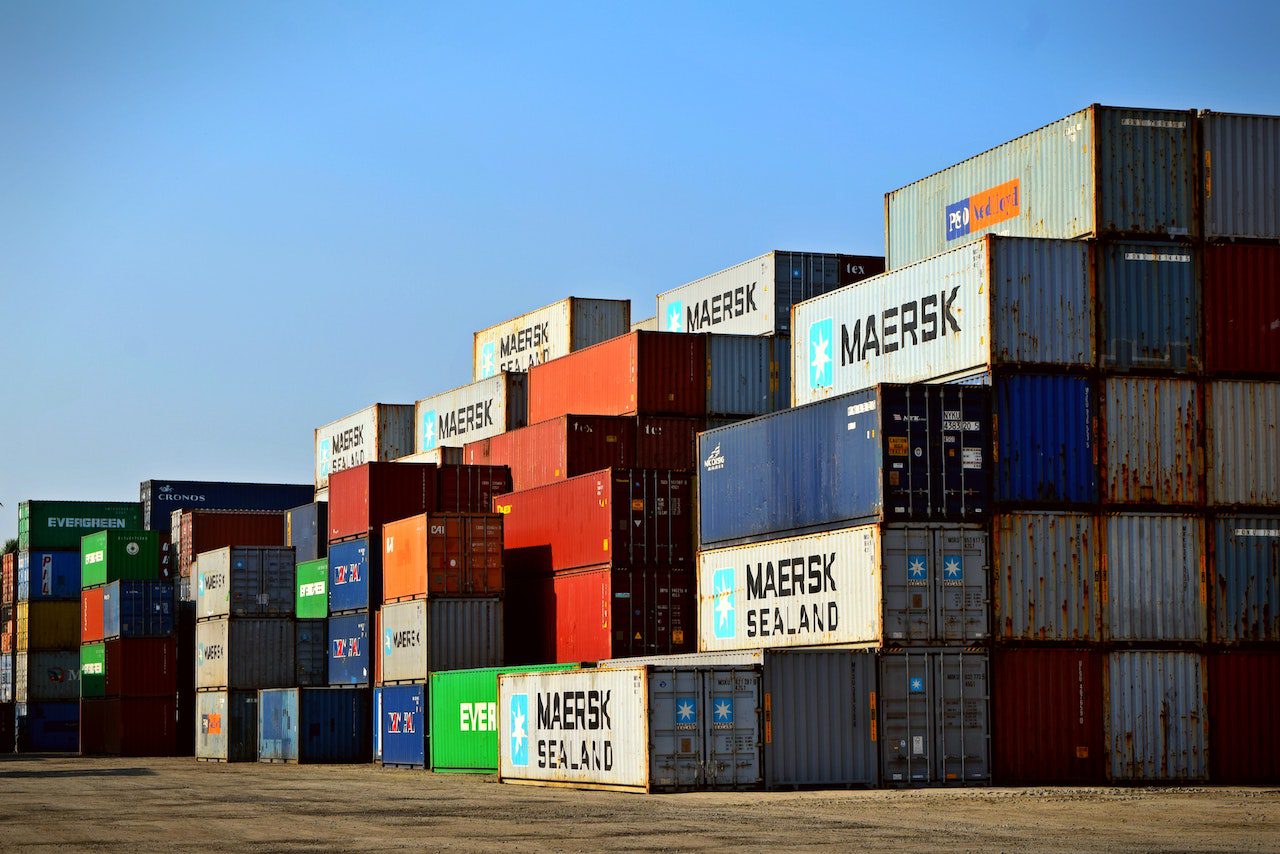Strategic Transformation: Mobile Work Order Technology for Maximum Maintenance Processes Efficiency
In the evolving world of manufacturing, one cannot underscore the importance of optimization. Maintenance supervisors, managers, and directors continually strive to refine processes, ensuring that production lines run smoothly. Central to these efforts is the implementation of digital transformation and the burgeoning role of mobile devices—particularly in the utilization of Mobile Work Order systems.
Digital Transformation and the Power of the Mobile Work Order
Gone are the days when maintenance operations relied solely on heaps of paper, manual logs, and face-to-face communications. In today’s tech-centric era, the transition to digital platforms—anchored by the Mobile Work Order — has revolutionized the way manufacturing plants operate.
Boosting Wrench Time
Wrench time, or the direct, hands-on time technicians spend on tasks, is paramount in maintenance. With the Mobile Work Order system, workers no longer need to scour through piles of paperwork or physically visit stations to get updates. Instead, essential data is readily accessible on their mobile devices, allowing them to focus more on the actual maintenance tasks at hand.
Elevating Frontline Worker Productivity
The potency of the Mobile Work Order shines brightly in its ability to bolster the efficiency of frontline workers. By having real-time access to tasks, schedules, and machine histories on their devices, workers can swiftly transition from one job to the next, minimizing downtime and maximizing productivity.
Accelerating Work Order Completion
The crux of the Mobile Work Order system is in its name—mobile. Traditional work orders might get misplaced, delayed, or be subject to communication lags. However, with digital work orders available on mobile devices, tasks are updated in real-time, feedback is instantaneous, and the entire process from initiation to completion is streamlined.
Enhancing Operational Visibility
For managers and directors, having a bird’s eye view of operations is invaluable. Mobile Work Order systems offer dynamic, comprehensive dashboards, available at a touch. Supervisors can monitor ongoing tasks, machine performance, parts inventory, and more, all from their devices. This boosts transparency and ensures that resource allocation is both timely and effective.
Guaranteeing Data Accuracy
Human errors in manual data entry can lead to significant discrepancies. However, with Mobile Work Order systems, data is directly fed into the platform, ensuring accuracy and consistency. Whether it’s recording machine metrics, logging task completion, or updating parts inventory, the data is precise and reliable.
Empowering Decision Making
Accurate, real-time data is the backbone of informed decision-making. With the insights derived from the Mobile Work Order system, maintenance directors can make strategic decisions regarding preventive maintenance schedules, resource allocation, parts procurement, and more. Decisions are no longer based on estimations but rooted in concrete, actionable data.
The pathway to efficiency in manufacturing maintenance has been unmistakably paved by digital transformation and the integration of mobile devices—especially through the Mobile Work Order system. Its role in modernizing traditional processes is both undeniable and indispensable.
For maintenance supervisors, managers, and directors, the message is clear: adopting and championing the Mobile Work Order system is not just a strategy for optimization—it’s an imperative for sustainability and growth. In this era of relentless competition and technological advancement, staying updated, streamlined, and efficient is the only way forward.
About the Author
Sundeep V. Ravande is the CEO of Innovapptive Inc. He is responsible for driving the company’s vision to become the #1 provider of Connected Worker experience software. Sundeep received a Master of Science degree in aerospace and mechanical engineering from the University of Mississippi.





